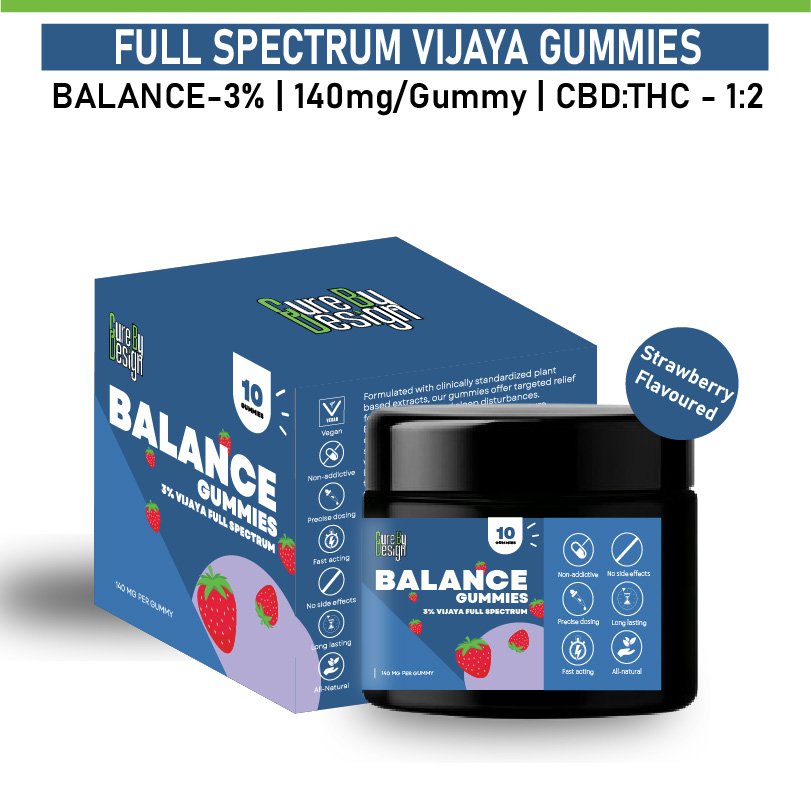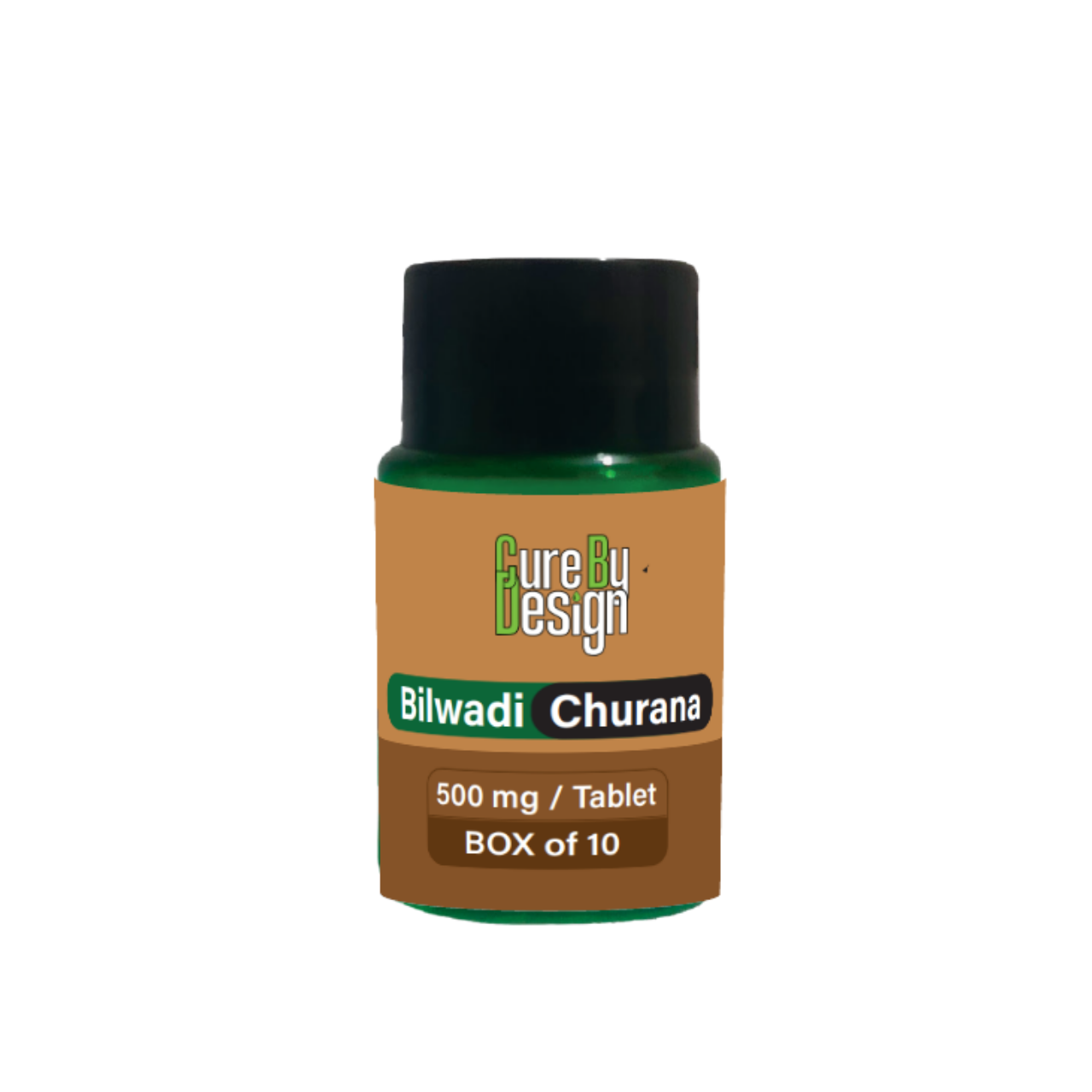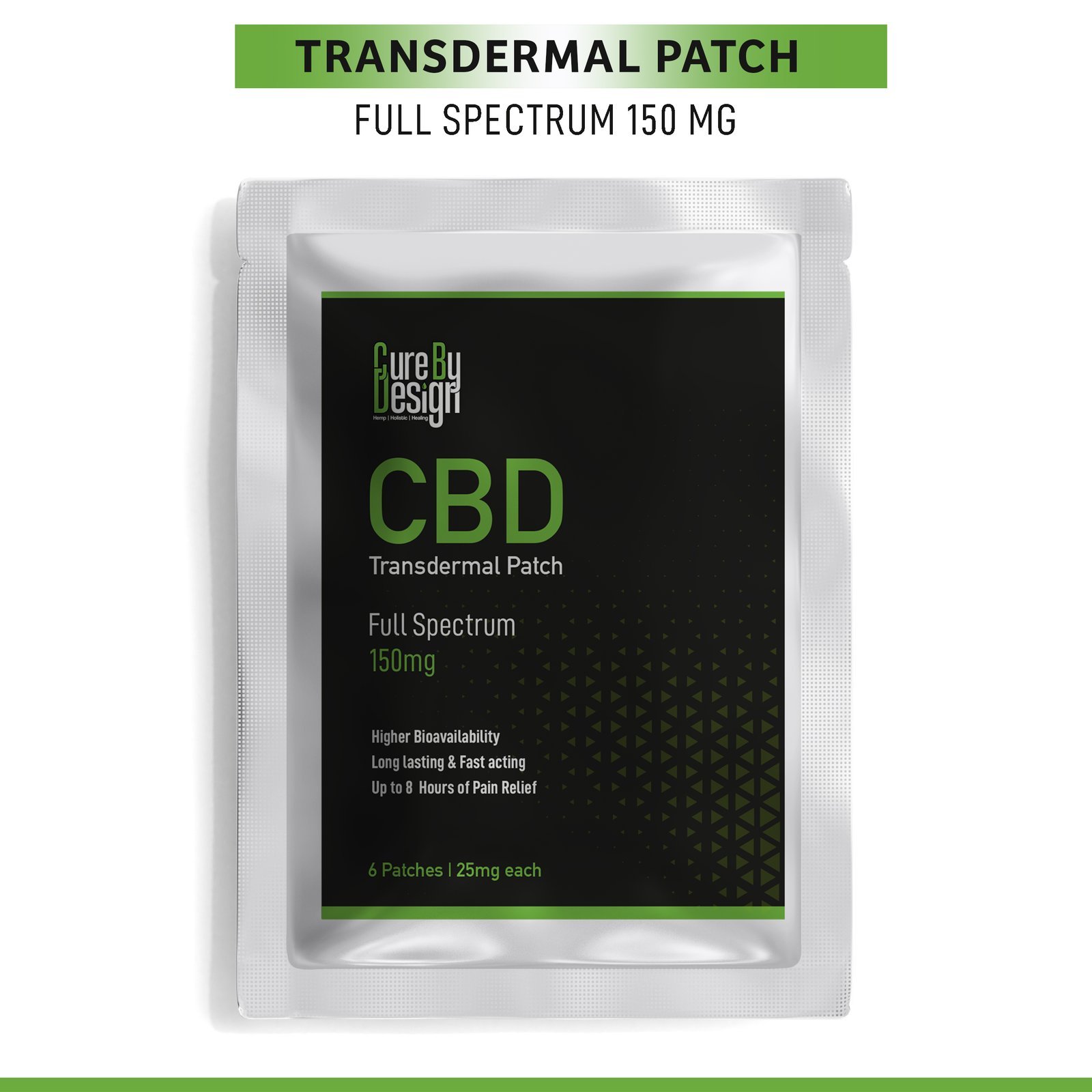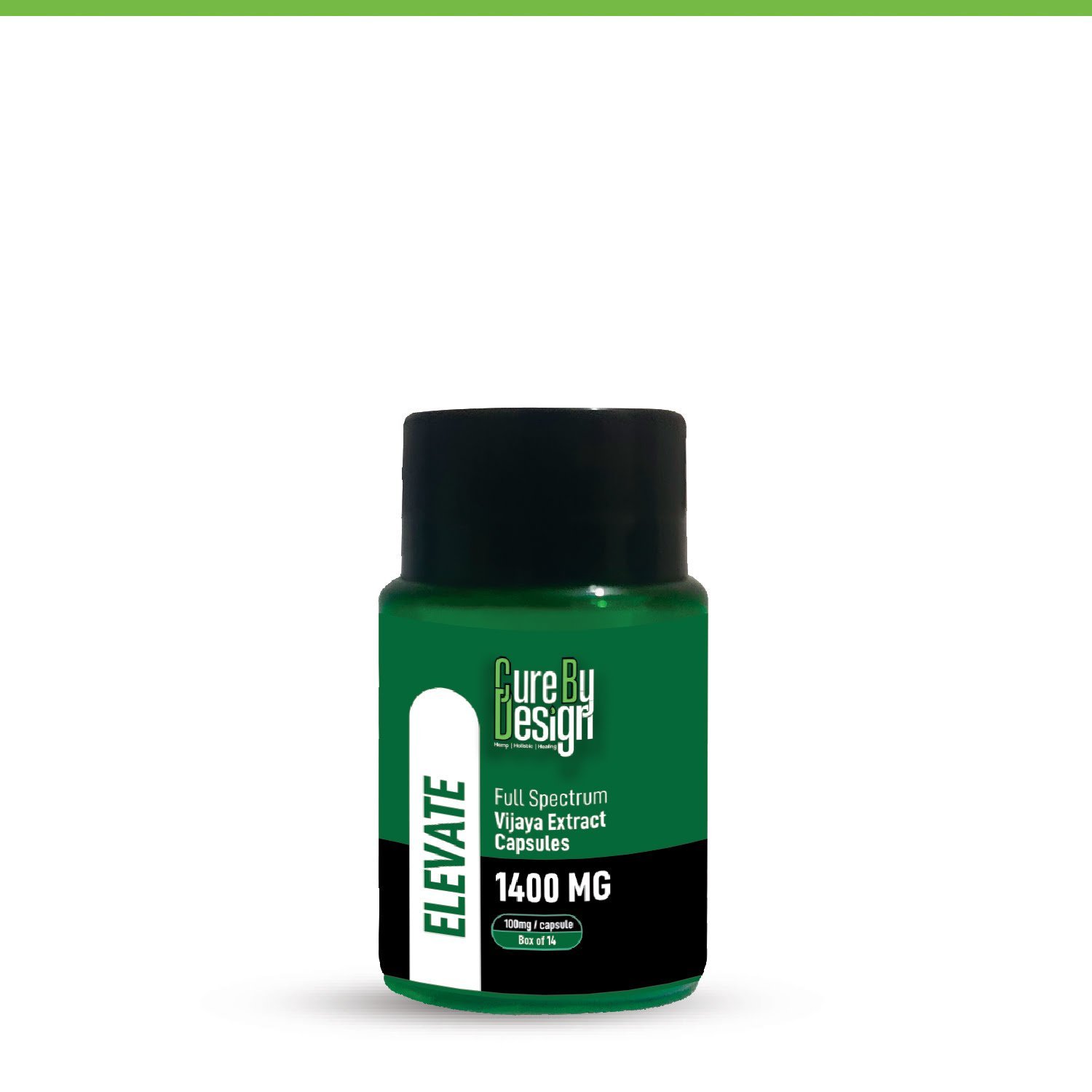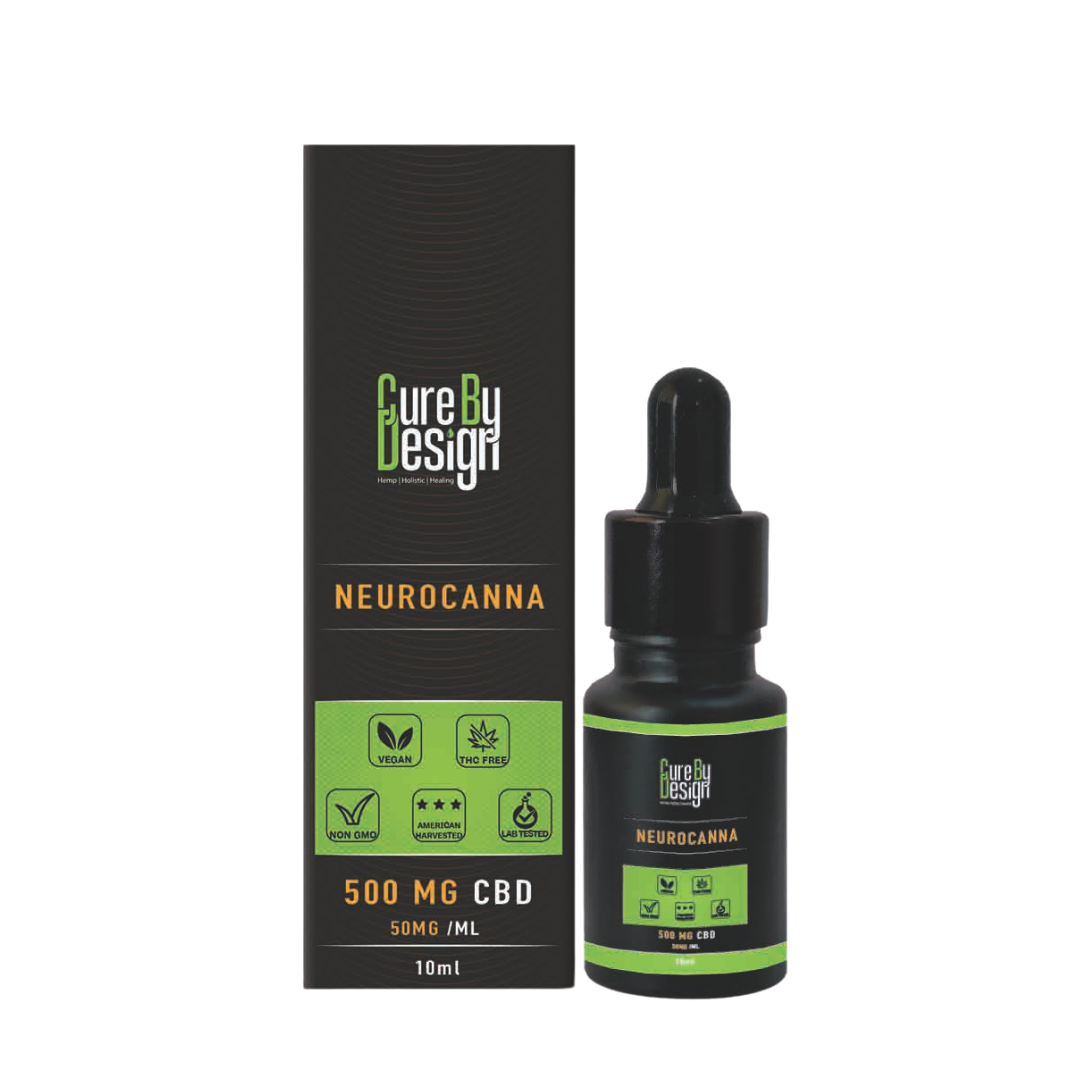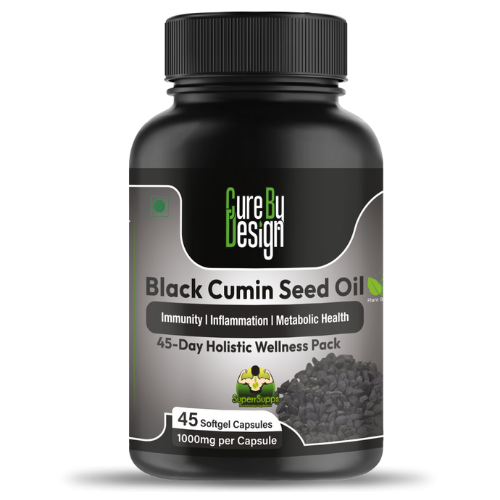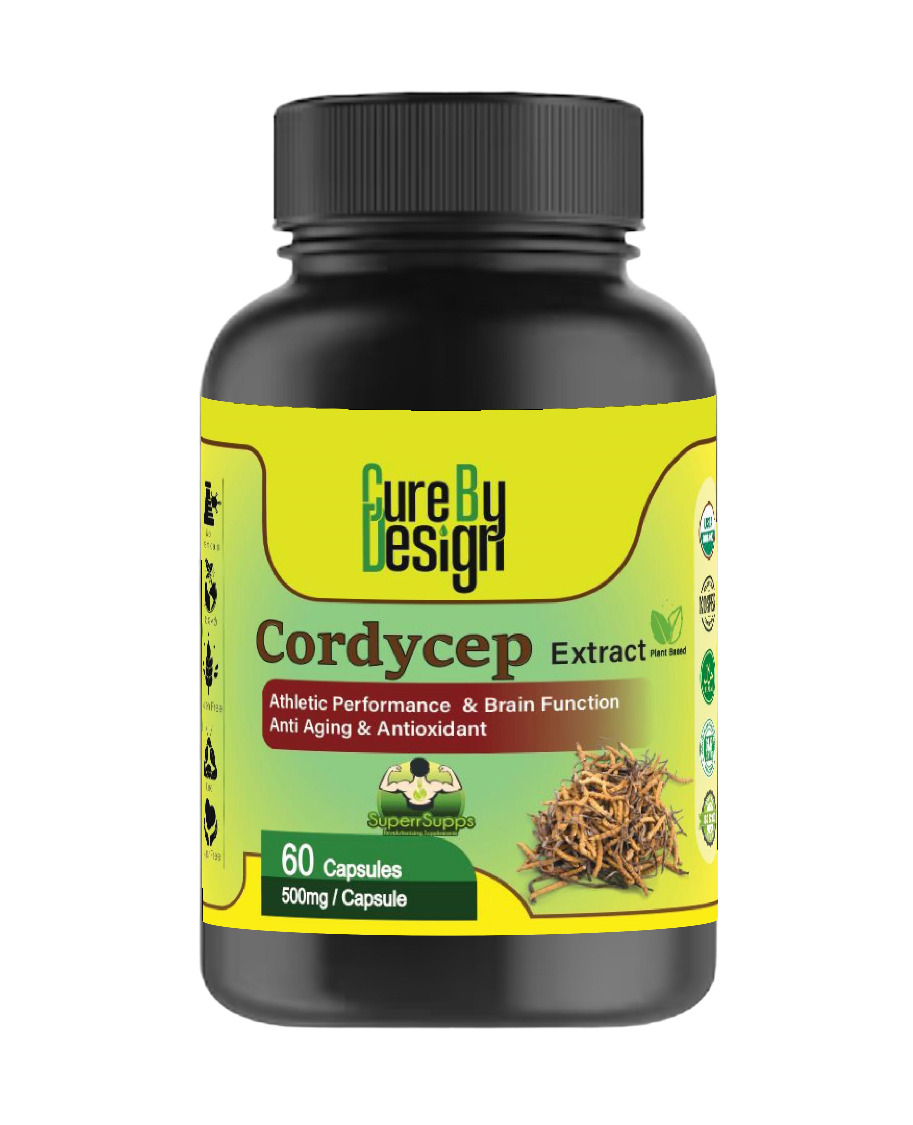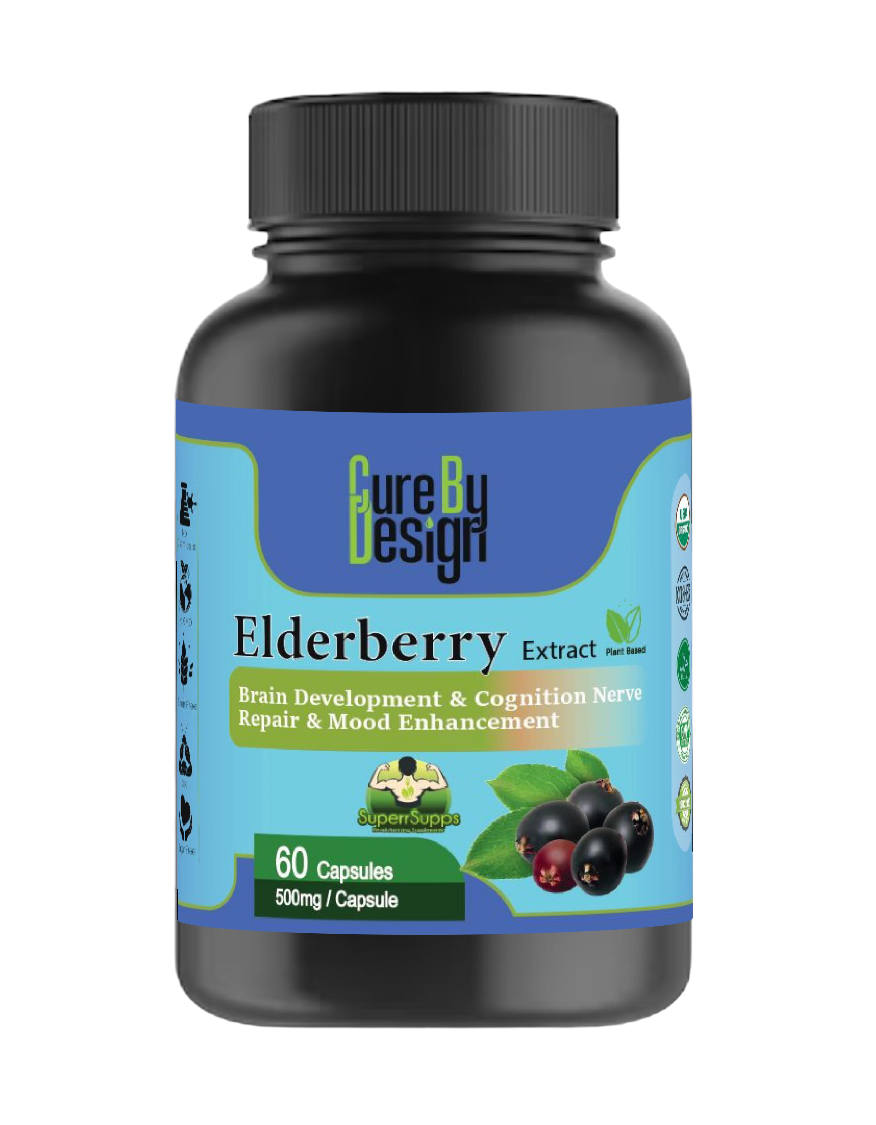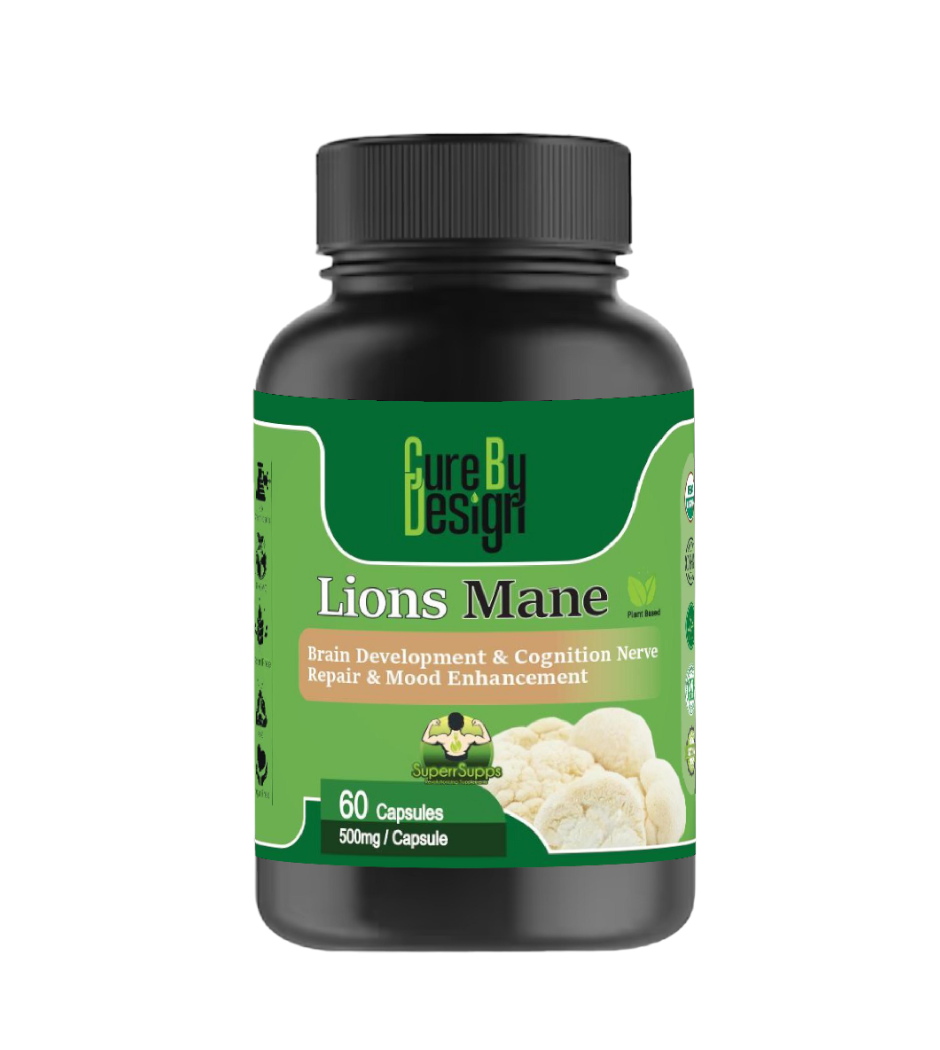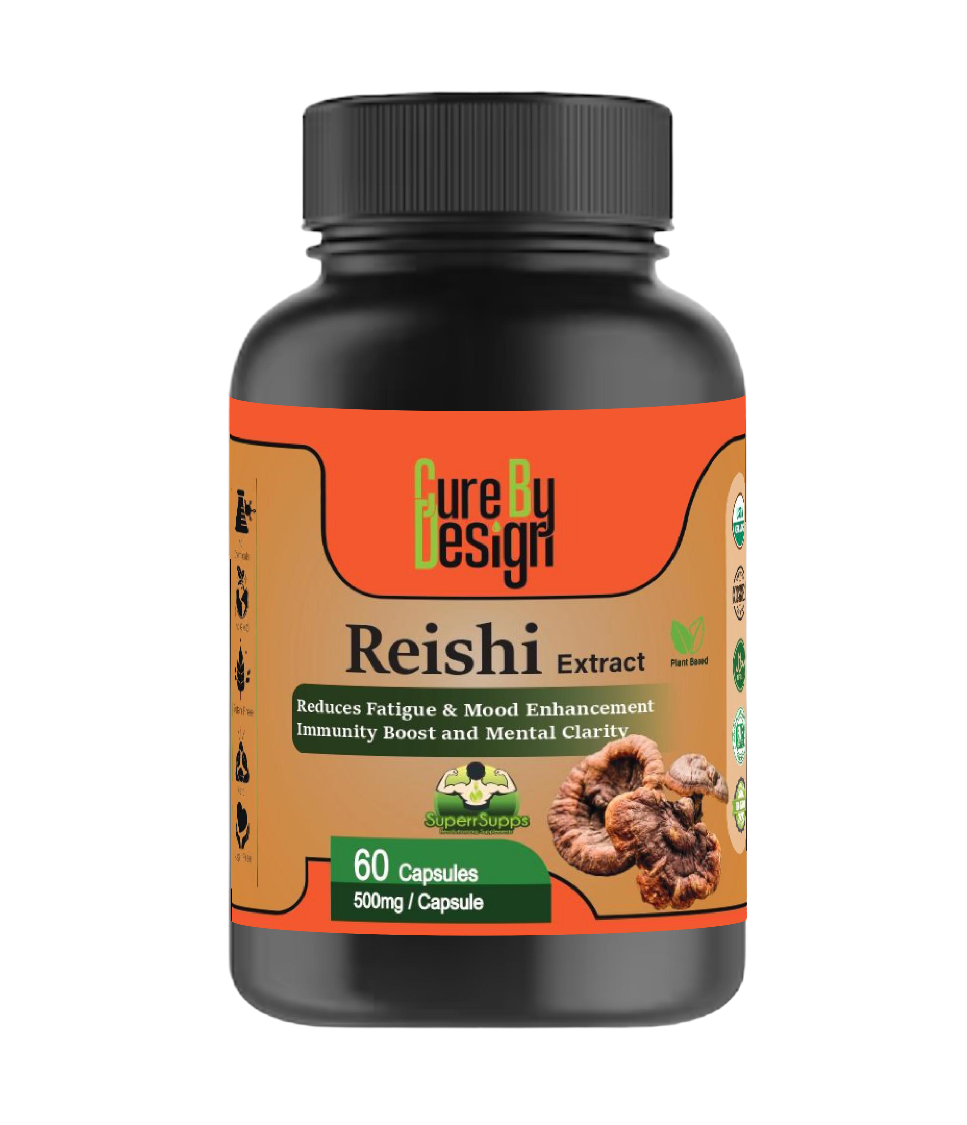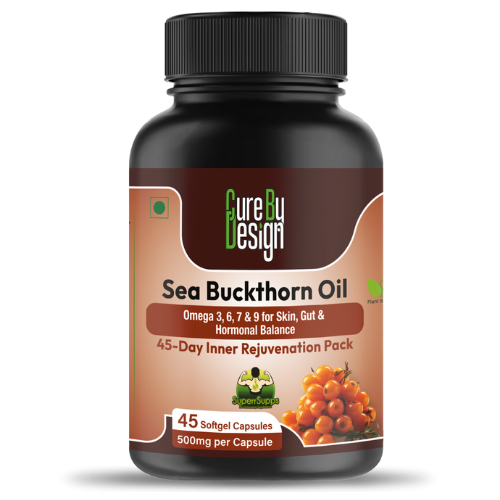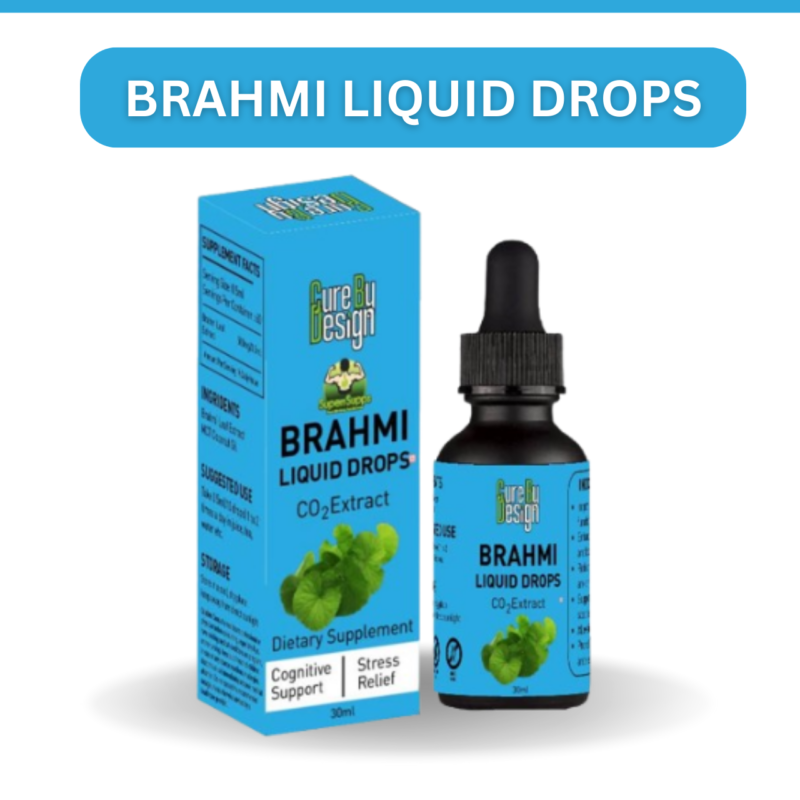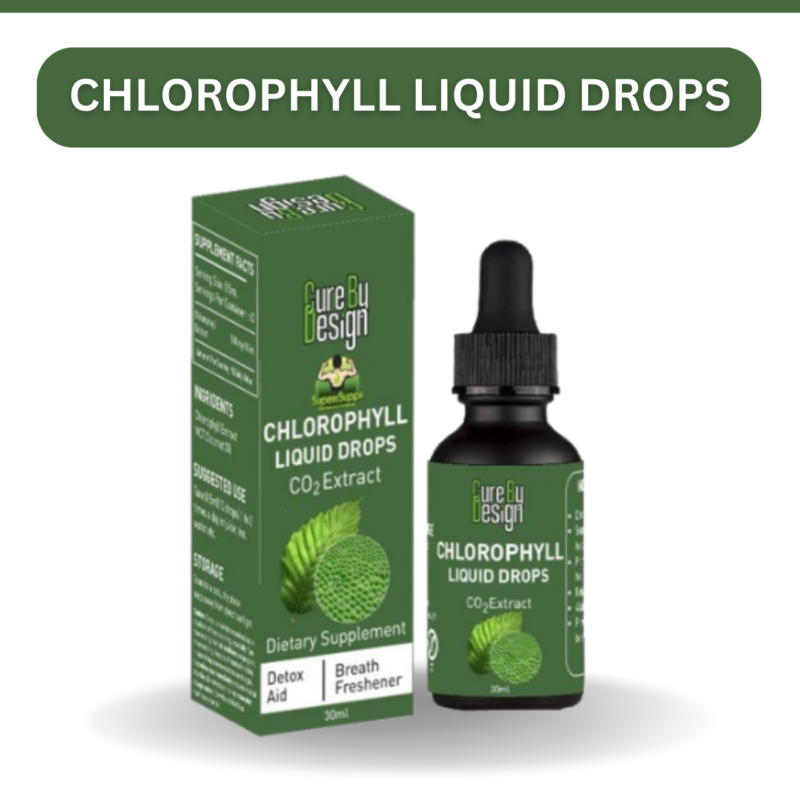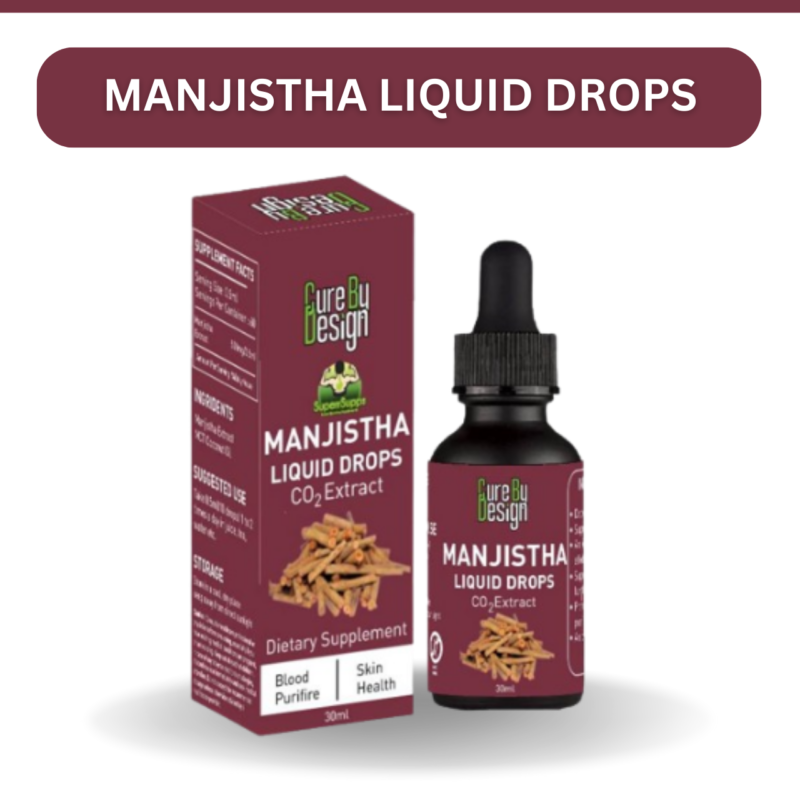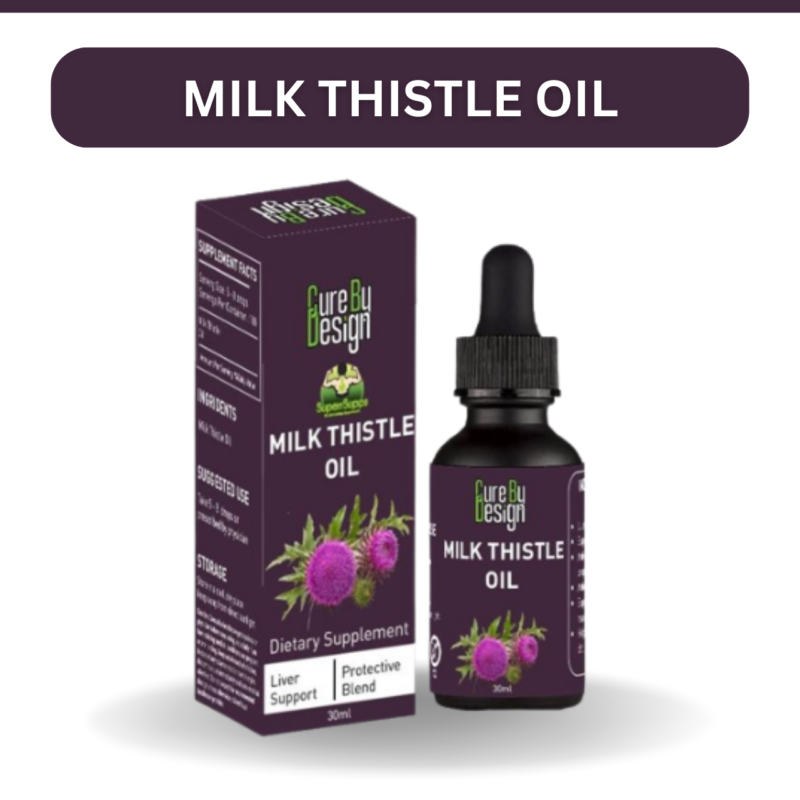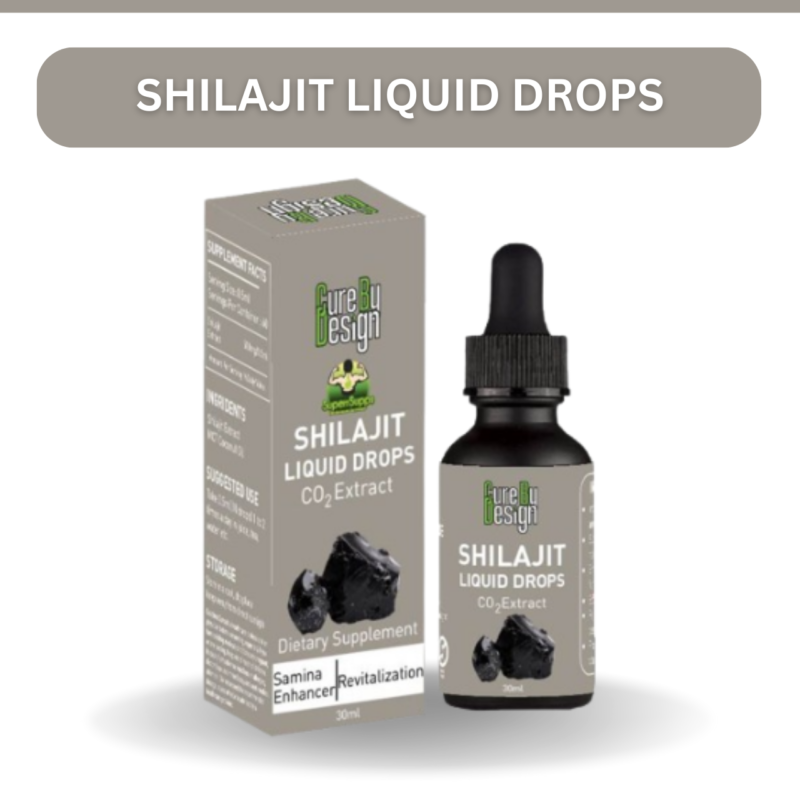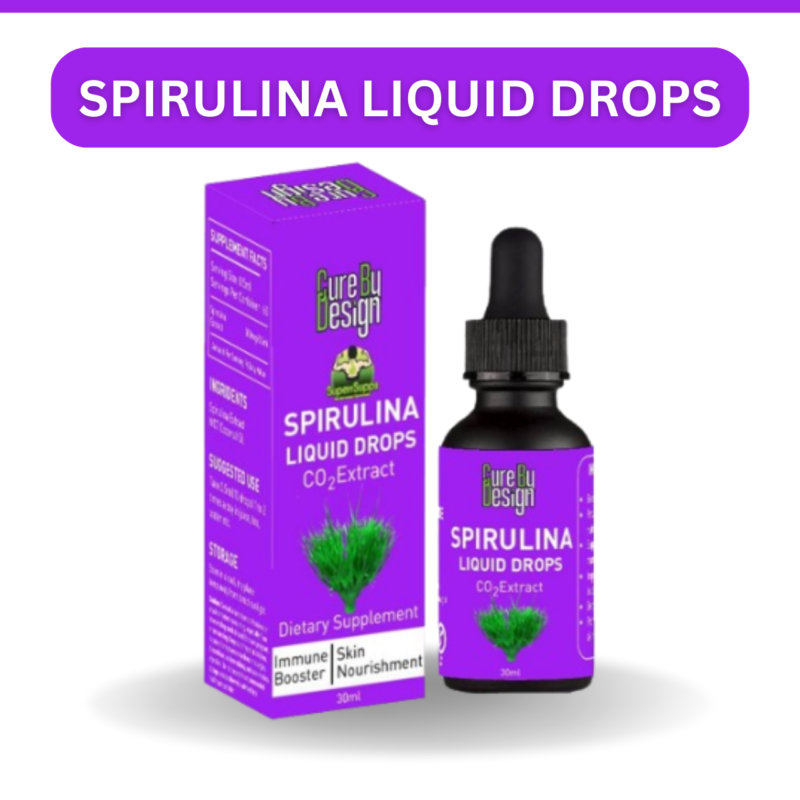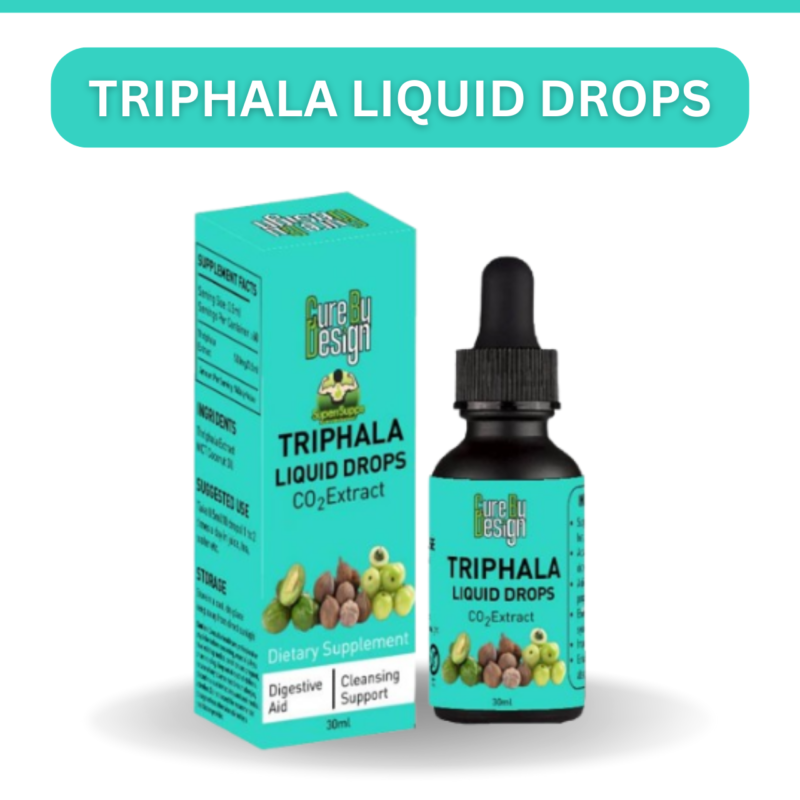The Many Uses and Health Benefits of Cordyceps: A Comprehensive Guide

Table of Contents
- What Cordyceps Is and Where It Grows
- Key Compounds Found in Cordyceps
- How Cordyceps Supports the Immune System
- Cordyceps and Its Role in Reducing Inflammation
- Antioxidant Effects and Aging Benefits of Cordyceps
- Cordyceps and Cancer: How It Works
- Blood Sugar Control and Diabetes Support
- Benefits of Cordyceps for Heart and Blood Vessels
- How Cordyceps Improves Energy and Physical Performance
- Effects of Cordyceps on Sexual Health and Fertility
- Kidney Health and Protection with Cordyceps
- Other Health Effects: Antimicrobial and Neuroprotection
- Traditional Uses and Cultural Practices
- Forms, Dosage, and Ways to Use Cordyceps
- Safety, Side Effects, and Who Should Be Careful
- Possible Interactions with Medications
- Current Research Limits and What’s Next
- Summary of Health Benefits and Usage Tips
Cordyceps is a fascinating genus of fungi known for its parasitic growth on insect larvae, mainly found in high-altitude Asian regions. Traditionally used in Chinese and Tibetan medicine, it’s valued for boosting energy, improving respiratory and kidney health, and enhancing sexual function. Its chemical richness includes cordycepin, polysaccharides, and sterols that support immune modulation, reduce inflammation, and act as antioxidants. Researchers also highlight potential benefits like anticancer effects, blood sugar regulation, improved cardiovascular health, and reduced fatigue. While mostly studied in animals or lab settings so far, continued research aims to confirm these effects safely for people using supplements made from cultivated Cordyceps strains.
What Cordyceps Is and Where It Grows

Cordyceps is a genus of parasitic fungi known for infecting insect larvae, where it replaces the host’s tissue with fungal growth. This unique life cycle results in fruiting bodies that emerge from the insect’s body, often visible just above the soil or moss. There are over 700 species of Cordyceps, but the two most studied and commercially important ones are Cordyceps sinensis and Cordyceps militaris. Traditionally, Cordyceps has been valued in Chinese and Tibetan medicine for its use in treating fatigue, respiratory conditions, kidney disorders, and supporting sexual health. It primarily grows in high-altitude regions such as the Himalayas, the Tibetan Plateau, and parts of China, Nepal, Bhutan, and India. These environments provide the cold temperatures, specific humidity, and altitude needed for Cordyceps to thrive. Although Cordyceps species can also be found in some areas of North America, Europe, and Australia, they are much less common there. Wild Cordyceps sinensis, in particular, is rare and highly prized, often fetching prices as high as $20,000 per kilogram because it grows slowly and only in limited habitats. Due to this scarcity, commercial production largely depends on cultivating Cordyceps militaris or growing mycelium cultures under controlled conditions. Harvesting wild Cordyceps requires careful manual collection during specific seasons to ensure the preservation of its valuable bioactive compounds. The fungus’s growth and quality are heavily influenced by environmental factors such as altitude, temperature, and moisture levels, making its natural occurrence both delicate and unique.
Key Compounds Found in Cordyceps

Cordyceps contains a rich variety of bioactive compounds that contribute to its health benefits. One of the primary groups is nucleosides, including cordycepin (3’-deoxyadenosine), adenosine, and guanosine, which play important roles in cellular processes and have been studied for anti-inflammatory, anticancer, and antiviral effects. Polysaccharides, especially β-glucans, are abundant and known for their immune-stimulating and antioxidant properties, helping activate immune cells and cytokine production. Sterols like ergosterol add to the antioxidant and anti-inflammatory profile of Cordyceps. Another class, cyclic peptides, exhibits potential cytotoxic effects and immune regulation, though research is ongoing to fully understand their impact. Fatty acids present include both saturated and unsaturated forms, supporting various physiological functions. Additional compounds such as flavonoids, alkaloids, bioxanthracenes, and cordycepic acid (D-mannitol) further enrich its chemical makeup. The method of extraction, whether water, alcohol, ethyl acetate, or supercritical CO2, can significantly influence which compounds are obtained and their potency. Because of these variables, the species used, cultivation conditions, and extraction techniques directly affect the quality and effectiveness of Cordyceps supplements.
<<Cordycepin (3′-deoxyadenosine), Adenosine, Guanosine<Anti-inflammatory, Anticancer, Antiviral effects<Cordycepin is a major active compound widely studied<<β-glucans, Heteroglycans, Proteopolysaccharides<Immunomodulatory, Antioxidant, Antitumor<Promote immune cell activation and cytokine production<<Ergosterol and derivatives<Antioxidant, Anti-inflammatory<Contribute to oxidative stress reduction<<Various peptides<Cytotoxic, Immune-regulating activities<Potential therapeutic roles in cancer and immunity<<Saturated and Unsaturated fatty acids<Support physiological functions<Include essential fatty acids<<Flavonoids, Alkaloids, Bioxanthracenes, Cordycepic acid (D-mannitol)<Varied antioxidant and bioactivities<Cordycepic acid may have protective effects<<Water, Alcohol, Ethyl acetate, Supercritical CO2<Affect compound profiles and potency<Choice influences supplement quality
How Cordyceps Supports the Immune System

Cordyceps plays a notable role in supporting and balancing the immune system by enhancing both innate and adaptive immune responses. One key effect is the increase in natural killer (NK) cell activity, which helps the body identify and destroy infected or tumor cells more effectively. Additionally, Cordyceps stimulates the production of various cytokines such as IL-1β, IL-2, IL-6, IL-8, IL-10, IL-12, and TNF-α. These molecules act as messengers that regulate immune responses and coordinate the body’s defense against pathogens. The fungus also activates macrophages, immune cells responsible for engulfing harmful microbes and producing nitric oxide, a compound that helps kill pathogens. Polysaccharides found in Cordyceps further support the immune system by promoting the proliferation and function of different immune cells, strengthening overall immunity. On a molecular level, Cordyceps modulates important immune signaling pathways, including Toll-like receptors (TLRs), NF-κB, and MAPK, which are central to recognizing threats and mounting appropriate immune responses. This modulation helps balance the immune system, potentially reducing excessive inflammation while still boosting defenses when needed. Such balancing effects may be particularly beneficial for people with weakened immune systems or those recovering from infections like mild COVID-19. Moreover, Cordyceps enhances adaptive immunity by improving the activity of T-cells and B-cells, which are crucial for long-term immunity and vaccine responses. Some research even suggests Cordyceps could act as an adjunct to vaccines by stimulating immune cells to create a stronger protective effect. It is important to note that the immunomodulatory effects of Cordyceps can vary depending on factors like dosage, the specific species used, and the type of extract, which influences how it interacts with the immune system.
Cordyceps and Its Role in Reducing Inflammation

Cordyceps contains bioactive compounds like cordycepin that play a significant role in reducing inflammation by targeting multiple inflammatory mediators. It inhibits substances such as nitric oxide (NO), inducible nitric oxide synthase (iNOS), and cyclooxygenase-2 (COX-2), which are key players in the inflammatory process. Additionally, Cordyceps suppresses pro-inflammatory cytokines including TNF-alpha, IL-1 beta, and IL-6, helping to calm the immune response. It also blocks major signaling pathways involved in inflammation like NF-kappaB, AP-1, JNK, and p38 MAPK, which contribute to the production of inflammatory molecules. These effects have been demonstrated in animal models where Cordyceps helped reduce inflammation associated with arthritis, asthma, and allergic rhinitis. Beyond these conditions, Cordyceps may protect brain cells by lowering neuroinflammation, which is linked to neurodegenerative diseases like Alzheimer’s and Parkinson’s. Its anti-inflammatory action also contributes to protecting tissues in various organs from damage, supporting overall health. Chronic low-grade inflammation, often seen with aging and metabolic disorders, can be mitigated by Cordyceps, which may improve symptoms in inflammatory bowel diseases through immune regulation. Furthermore, Cordyceps’ ability to reduce vessel inflammation supports cardiovascular health by preventing damage to blood vessels. Its anti-inflammatory benefits work together with antioxidant effects to lower oxidative stress-driven inflammation, offering a balanced approach to managing inflammation in the body.
Antioxidant Effects and Aging Benefits of Cordyceps

Cordyceps is well-regarded for its antioxidant properties, largely due to its rich content of polysaccharides and sterols that help neutralize harmful free radicals. These antioxidants not only directly scavenge oxidative molecules but also boost the activity of the body’s own defense enzymes, such as superoxide dismutase (SOD), glutathione peroxidase (GPx), and catalase. This dual action reduces oxidative stress markers like malondialdehyde (MDA), which are indicators of cell damage. Animal studies have shown that Cordyceps improves antioxidant status in critical organs including the brain, liver, and kidneys, suggesting protection against oxidative injury in these tissues. This protection translates into delayed cellular aging and has even been linked to extended lifespan in experimental models. Beyond direct antioxidant effects, Cordyceps acts as an adaptogen, helping the body better manage physical and environmental stressors, which are often triggers for accelerated aging. In the brain, reducing oxidative damage may support improved cognitive function and memory retention. Additionally, by preventing oxidative damage to skin cells, Cordyceps contributes to healthier skin and may slow the appearance of aging signs like wrinkles and dryness. Its antioxidant support also plays a role in managing oxidative stress associated with chronic conditions such as diabetes and heart disease. Combined with its immune-boosting effects, Cordyceps promotes overall health maintenance as we age, making it a valuable natural ally in preserving vitality and function over time.
Cordyceps and Cancer: How It Works
Cordyceps shows promising anticancer effects through multiple mechanisms. One of its key actions is inhibiting the growth of various cancer cells, including lung, breast, colon, and liver cancers, while promoting programmed cell death or apoptosis. This process is triggered by activating caspases and mitochondrial pathways that lead cancer cells to self-destruct. The fungus also influences important cancer-related signaling pathways such as Wnt/β-catenin, mTOR, AMPK, and hedgehog, which play roles in cell proliferation and survival. Additionally, Cordyceps limits tumor growth by blocking angiogenesis, the formation of new blood vessels tumors need to expand. It inhibits matrix metalloproteinases, enzymes that cancer cells use to invade surrounding tissues, thereby reducing metastasis potential. A critical compound called cordycepin is largely responsible for these effects, enhancing cancer cell sensitivity to chemotherapy drugs like gemcitabine, which can improve treatment outcomes. Beyond directly targeting cancer cells, Cordyceps supports the immune system, helping it recognize and attack tumors more effectively. Animal studies have demonstrated reductions in tumor size and spread with Cordyceps treatment. Furthermore, it may protect healthy cells during chemotherapy by reducing inflammation and side effects, making treatment more tolerable. Together, these actions make Cordyceps a valuable subject of ongoing research in cancer therapy.
Blood Sugar Control and Diabetes Support
Cordyceps shows promising potential in managing blood sugar and supporting diabetes care through multiple biological pathways. Key compounds like polysaccharides and cordycepin have been found in animal studies to lower blood glucose levels and improve insulin sensitivity, which is crucial for better diabetes control. These compounds enhance the activity of important enzymes involved in glucose metabolism, such as glucokinase, hexokinase, and glucose-6-phosphate dehydrogenase, helping the body process sugar more efficiently. Additionally, Cordyceps supports the survival and function of pancreatic β-cells, which produce insulin, thereby potentially improving the body’s natural insulin response. It may also inhibit protein tyrosine phosphatase 1B (PTP1B), an enzyme that negatively regulates insulin signaling, further supporting insulin action. Beyond glucose regulation, Cordyceps helps reduce oxidative stress and inflammation, two factors that contribute to diabetes complications. It also improves lipid metabolism, which often becomes disrupted in diabetic conditions, helping maintain a healthier balance of fats in the blood. Notably, Cordyceps has shown protective effects on kidney tissues, reducing symptoms linked to diabetic nephropathy, a common diabetes-related kidney issue. By helping balance blood sugar fluctuations and targeting multiple pathways, Cordyceps could complement conventional diabetes treatments. However, while animal studies are encouraging, more human clinical trials are needed to confirm these effects and to determine safe and effective dosing guidelines.
Benefits of Cordyceps for Heart and Blood Vessels

Cordyceps offers several benefits for cardiovascular health, mainly by supporting the function of the heart and blood vessels. It promotes vasodilation partly by increasing nitric oxide production, which helps relax blood vessels and improves overall blood flow. This effect can contribute to lowering blood pressure through multiple mechanisms. Additionally, Cordyceps reduces oxidative stress and lipid peroxidation in vascular tissues, protecting blood vessels from damage caused by free radicals. Its anti-inflammatory properties further shield vascular walls from inflammation-related injury, which is key in preventing the progression of heart disease.
The fungus also plays a role in regulating lipid metabolism, improving cholesterol profiles by lowering harmful LDL, VLDL, and triglycerides while raising beneficial HDL cholesterol. This balance helps reduce plaque buildup in arteries. Moreover, Cordyceps inhibits the proliferation of vascular smooth muscle cells, a process linked to the development of atherosclerosis, thus potentially preventing artery hardening. Some studies suggest it may help regulate heart rhythm and reduce arrhythmias, offering further cardiac support.
Supporting endothelial function, which is crucial for maintaining healthy blood vessels, is another way Cordyceps aids cardiovascular health. It enhances energy metabolism in heart muscle cells, improving cardiac function and endurance. By addressing multiple risk factors such as oxidative damage, inflammation, abnormal lipid levels, and vascular cell growth, Cordyceps may reduce the likelihood of cardiovascular diseases. These combined effects make it a promising natural supplement for heart and vessel health, though more clinical studies are needed to confirm these benefits in humans.
How Cordyceps Improves Energy and Physical Performance

Cordyceps is known for its ability to boost energy by increasing the production of adenosine triphosphate (ATP), which is the main energy currency in our cells. This helps muscles and other tissues work more efficiently. It also enhances oxygen utilization and uptake, improving aerobic capacity or VO2 max, which means your body can use oxygen better during exercise. Studies in animals show that Cordyceps can extend endurance by delaying fatigue, seen in swimming and treadmill tests where subjects performed longer before getting tired. On a molecular level, Cordyceps upregulates important metabolic regulators like AMP-activated protein kinase (AMPK), PGC-1α, and PPARs in muscles, which play key roles in energy metabolism and mitochondrial function. This results in improved mitochondrial efficiency, allowing skeletal muscles to generate energy more effectively. Beyond physical stamina, Cordyceps may also have mood-boosting effects by modulating adrenergic and dopaminergic pathways, potentially reducing feelings of exhaustion or low motivation. It supports recovery after exercise by lowering oxidative stress and inflammation, which helps muscles repair faster and reduces soreness. Traditionally, people living at high altitudes have used Cordyceps to increase stamina and maintain performance where oxygen levels are lower. However, the exact effects can vary depending on the dosage, type of extract, and individual response, so it’s important to consider these factors when using Cordyceps for energy and endurance.
Effects of Cordyceps on Sexual Health and Fertility

Cordyceps has long been valued in traditional medicine for its positive effects on sexual health and fertility. It works by stimulating the production of key sex hormones, including testosterone, estrogen, and progesterone, which play vital roles in reproductive function for both men and women. In males, Cordyceps improves sperm quality, count, and motility, supporting better fertility outcomes. This is partly due to cordycepin, a major active compound, which directly enhances steroid hormone production in Leydig cells, responsible for testosterone synthesis. The fungus also influences important signaling pathways like cAMP-PKA, PKC, and MAPK, which regulate reproductive functions and contribute to hormone balance. Beyond hormone regulation, Cordyceps has traditionally been used as an aphrodisiac, enhancing sexual desire and performance, and some studies suggest it may improve erectile function by increasing blood flow and reducing oxidative stress and inflammation in reproductive organs. These antioxidant and anti-inflammatory effects help protect tissues from damage, supporting overall reproductive health. Although Cordyceps shows promise in balancing hormonal levels and addressing sexual dysfunction and infertility, more clinical research is needed to confirm its safety and effectiveness in humans. Still, its long-standing use in traditional therapies highlights its potential as a natural aid for sexual vitality and fertility support.
Kidney Health and Protection with Cordyceps
Cordyceps has a long history in Traditional Chinese Medicine as a remedy for kidney disorders and to enhance renal function. Key compounds in Cordyceps, such as polysaccharides and cordycepin, play a crucial role in protecting kidney cells by reducing oxidative stress. These compounds boost antioxidant enzymes in kidney tissues, including superoxide dismutase (SOD) and glutathione peroxidase (GPx), which help neutralize harmful free radicals that can damage cells. Animal studies have demonstrated Cordyceps’ nephroprotective effects by lowering tissue damage caused by toxins or harmful drugs like cyclosporine A. This fungus reduces inflammation and oxidative injury, which are common contributors to kidney damage during drug-induced nephrotoxicity. Experimental models also show that Cordyceps can improve kidney filtration rates while lowering serum creatinine and blood urea nitrogen levels, indicators of better kidney function. Additionally, Cordyceps supports the repair of renal tubular cells and slows the progression of fibrosis, a common problem in chronic kidney disease. Beyond its antioxidant and anti-inflammatory effects, Cordyceps may modulate immune responses, providing protection against autoimmune-related kidney damage. While some limited human studies suggest improvements in symptoms of chronic renal failure with Cordyceps use, more clinical trials are needed to confirm these benefits. The effectiveness of Cordyceps for kidney health depends on proper dosage and standardized extract preparations, which ensure consistent levels of active compounds essential for therapeutic effects.
Other Health Effects: Antimicrobial and Neuroprotection
Cordyceps shows promising antimicrobial properties, including antibacterial activity against common pathogens like Staphylococcus aureus and Escherichia coli. It also has antifungal effects that work against Candida species and other fungi. One of its key compounds, cordycepin, has demonstrated potential antiviral actions in lab studies, showing effects against viruses like HIV and even anti-malarial activity. While these results mostly come from laboratory research, they suggest Cordyceps could help manage infections caused by bacteria, fungi, and viruses. Beyond fighting microbes, Cordyceps offers neuroprotective benefits. Its compounds protect nerve cells by reducing oxidative damage and inflammation in brain tissues, which are major contributors to neurodegenerative diseases such as Alzheimer’s. Animal studies indicate that Cordyceps may improve memory and cognitive functions by boosting antioxidant defenses in the brain. It increases key antioxidant enzymes and lowers markers of lipid peroxidation, which reflects damage to brain cells. These effects are thought to involve regulation of important signaling pathways like NF-κB and MAPK, which control inflammation and cell survival in neurons. By reducing inflammation and oxidative stress in the nervous system, Cordyceps might help prevent or slow down conditions linked to nerve cell damage. Despite encouraging preclinical evidence, more human studies are needed to fully confirm the antimicrobial and neuroprotective effects of Cordyceps. Still, its ability to support brain health and fight infections adds to the wide range of possible benefits from this unique fungus.
Traditional Uses and Cultural Practices
Cordyceps has been a valued component of Traditional Chinese Medicine for centuries, primarily used as a tonic to combat fatigue and general weakness. In high-altitude regions like Tibet and Nepal, local communities rely on Cordyceps to boost endurance and support respiratory health, often consuming it to manage conditions such as asthma, bronchitis, and even tuberculosis. Beyond its respiratory benefits, Cordyceps is traditionally recognized as an aphrodisiac, believed to enhance sexual performance and fertility in both men and women. It is common for Cordyceps to be combined with other potent herbs like ginseng to amplify its restorative effects. Preparation methods vary widely and include decoctions, powders, capsules, or infusions made in alcohol or milk, reflecting diverse cultural preferences. In Tibetan culture, Cordyceps is considered not only a rare and precious medicinal resource but also an item of ritual importance, often used in ceremonies to invoke health and vitality. The fungus is also traditionally employed as a kidney and liver tonic to improve organ function and overall vitality. Harvesting wild Cordyceps is a seasonal and labor-intensive event, deeply embedded in the cultural fabric of the regions where it grows, symbolizing both economic value and cultural heritage. Despite the rise of modern supplements, traditional forms of Cordyceps remain widely used in local communities as a trusted means of maintaining health and wellness.
Forms, Dosage, and Ways to Use Cordyceps

Cordyceps supplements come in several forms including capsules, tablets, powders, tinctures, and dried whole fungi, offering flexibility depending on personal preference and intended use. Because wild Cordyceps sinensis is rare and costly, most products on the market utilize cultivated mycelium or Cordyceps militaris, which provide similar bioactive compounds at a more affordable price. Dosage varies widely in research, typically ranging from 1,000 mg to 4,500 mg daily, depending on the form and health goal. For example, mid to higher doses are often used for performance enhancement, while lower doses may suffice for immune support. Traditional preparations often involve boiling the fungus in water, milk, or alcohol to create decoctions or teas, which can help extract active components like cordycepin and polysaccharides. Extracts may be aqueous, alcoholic, or made using supercritical CO2 extraction, each method influencing the concentration and profile of active compounds. Many supplements now use standardized extracts to ensure consistent levels of key ingredients, making dosing more reliable. It is common to take Cordyceps with meals to improve absorption and minimize potential stomach discomfort. Additionally, some formulations combine Cordyceps with other adaptogens or herbs to enhance overall effects. Users should always follow product label instructions and consult healthcare professionals, especially when taking other medications or managing health conditions.
- Cordyceps supplements are available as capsules, tablets, powders, tinctures, and dried whole fungi.
- Wild Cordyceps sinensis is rare and expensive; cultivated mycelium and Cordyceps militaris are common alternatives.
- Dosages used in research vary from 1,000 mg to 4,500 mg per day depending on the form and purpose.
- Traditional preparations include boiling Cordyceps in water, milk, or alcohol for decoctions or teas.
- Extracts may be aqueous, alcoholic, or supercritical CO2-based, affecting the concentration of active compounds.
- Standardized extracts ensure consistent cordycepin and polysaccharide content for reliable dosing.
- Cordyceps is often taken with meals to improve absorption and reduce stomach upset.
- Some products combine Cordyceps with other adaptogens or herbal supplements for synergistic effects.
- For performance enhancement, doses are typically in the mid to high range; for immune support, lower doses may be sufficient.
- Users are advised to follow product labels and consult healthcare providers especially if taking other medications.
Safety, Side Effects, and Who Should Be Careful
Cordyceps is generally well tolerated and has a long history of use in traditional medicine with low toxicity reported. However, some minor side effects can occur, including dry mouth, nausea, upset stomach, diarrhea, bloating, and skin rashes. Though rare, allergic reactions are possible, especially in sensitive individuals. People taking blood thinners or selective serotonin reuptake inhibitors (SSRIs) should be cautious, as Cordyceps may increase the risk of bleeding. Pregnant and breastfeeding women are advised to avoid Cordyceps because there is not enough safety data to confirm its effects during these periods. Children and those with autoimmune diseases should consult a healthcare provider before using Cordyceps to avoid unintended immune system effects. Some wild Cordyceps samples have been found to contain trace amounts of heavy metals, like arsenic, which highlights the importance of sourcing products from reputable brands that perform thorough safety testing. Potential contamination with mycotoxins is another concern; trustworthy manufacturers typically screen for these toxins to ensure safety. Since long-term human safety studies are limited, prolonged use of high doses is not recommended without medical supervision. If any adverse symptoms develop while taking Cordyceps, such as unusual rashes, digestive upset, or allergic reactions, it is best to stop use immediately and seek medical advice.
Possible Interactions with Medications
Cordyceps may interact with several types of medications, so caution is important when combining it with other treatments. For example, it can enhance the effects of antidiabetic drugs, which might increase the risk of hypoglycemia or low blood sugar. People taking insulin or oral diabetes medications should monitor their blood sugar levels closely if using Cordyceps. It may also interact with anticoagulants and antiplatelet drugs, such as warfarin or aspirin, potentially raising the risk of bleeding. Because Cordyceps has immunostimulatory properties, it might affect immune-modulating drugs, including those used for autoimmune conditions or organ transplant patients. Those undergoing chemotherapy should always discuss Cordyceps use with their oncologist due to possible effects on immune response and drug metabolism. Additionally, Cordyceps might influence liver enzymes that metabolize certain medications, although the evidence is preliminary and not well-defined. People using blood pressure medications should avoid combining them with Cordyceps without medical advice, as it could impact blood pressure control. Since herb-drug interactions are not fully studied, it’s crucial to inform healthcare providers if you are taking Cordyceps, so they can monitor for side effects or adjust medications. It is generally recommended to stop using Cordyceps before surgery because of its potential to affect bleeding and immune function.
Current Research Limits and What’s Next
Most of the current research on Cordyceps comes from animal experiments or lab-based in vitro studies, with limited robust clinical trials involving humans. This gap makes it harder to fully confirm the health benefits seen in preclinical research. Additionally, there is no consistent standardization of Cordyceps extracts used across studies, which complicates comparing results or drawing clear conclusions. Identifying and quantifying the specific active compounds responsible for each health effect remains a challenge, as Cordyceps contains many bioactive molecules with varying concentrations depending on species and extraction methods. Another important area needing more attention is the bioavailability and absorption of these compounds in the human body, since how well they reach target tissues affects their effectiveness. To address this, researchers are exploring advanced delivery systems such as nanoformulations that could improve stability and absorption. Safety also requires further study; long-term toxicological evaluations and human safety data are still insufficient. Ongoing investigations into how Cordyceps might work synergistically with other herbs or pharmaceuticals show promise but remain incomplete. There is also a lack of research focusing on its effects in diverse populations or specific disease conditions, which limits understanding of who might benefit most. Improving quality control and regulation of Cordyceps supplements would help ensure product reliability and consumer safety. Looking ahead, some researchers are exploring genetic modification techniques to boost the production of key bioactive compounds in Cordyceps, which could enhance its therapeutic potential. Overall, while Cordyceps offers exciting possibilities, more well-designed human studies and standardized approaches are needed to fully unlock and confirm its benefits.
Summary of Health Benefits and Usage Tips
Cordyceps offers a wide range of health benefits mainly due to its bioactive compounds like cordycepin and polysaccharides, which help support immune function, boost energy, and protect organs such as the kidneys. It has demonstrated antimicrobial, neuroprotective, anti-inflammatory, and antioxidant effects, making it a versatile natural supplement. Traditionally, it has been used to enhance stamina, support respiratory health, improve sexual function, and tonify various organs. When considering Cordyceps supplements, users typically take between 1,000 and 4,500 mg daily, available in capsules, powders, or extracts. While side effects are generally mild, such as minor digestive discomfort or dry mouth, caution is advised for pregnant women, children, autoimmune patients, and those on medications due to possible interactions, especially with blood thinners or diabetes drugs. Ensuring quality sourcing and standardized extracts is important to avoid contamination and maximize effectiveness. Though promising, many benefits still need confirmation through human clinical trials, so consulting a healthcare professional before starting Cordyceps is recommended. Used responsibly, Cordyceps can be a helpful addition to a health routine, but awareness of its properties and potential risks is essential.
Frequently Asked Questions
1. What is Cordyceps and how does it interact with the human body?
Cordyceps is a type of fungus known for its unique growth cycle and traditional use in medicine. When consumed, its bioactive compounds may support energy production and immune function by influencing cellular processes and antioxidant activity.
2. Can Cordyceps really improve athletic performance, and what evidence supports this?
Some studies suggest Cordyceps can enhance endurance and reduce fatigue by increasing oxygen utilization and ATP production in cells. However, more extensive clinical trials are needed to fully confirm its effectiveness in athletic performance.
3. Are there different types of Cordyceps, and do they offer different health benefits?
Yes, there are several species, like Cordyceps sinensis and Cordyceps militaris. While both share similar bioactive compounds, some research points to variations in potency and specific effects, but overall, both types contribute to immune support and energy enhancement.
4. What are the best ways to consume Cordyceps for maximum health benefits?
Cordyceps is commonly taken as capsules, powders, or extracts. For best absorption, standardized extracts are recommended as they guarantee a consistent amount of active ingredients. Incorporating it regularly into your diet, possibly with guidance from a healthcare provider, optimizes benefits.
5. Are there any known side effects or risks linked to regular Cordyceps use?
Cordyceps is generally considered safe for most people when taken in recommended doses. Some might experience mild digestive upset or allergic reactions. It’s wise to consult a healthcare professional before starting, especially for pregnant women, nursing mothers, or those with underlying health conditions.

